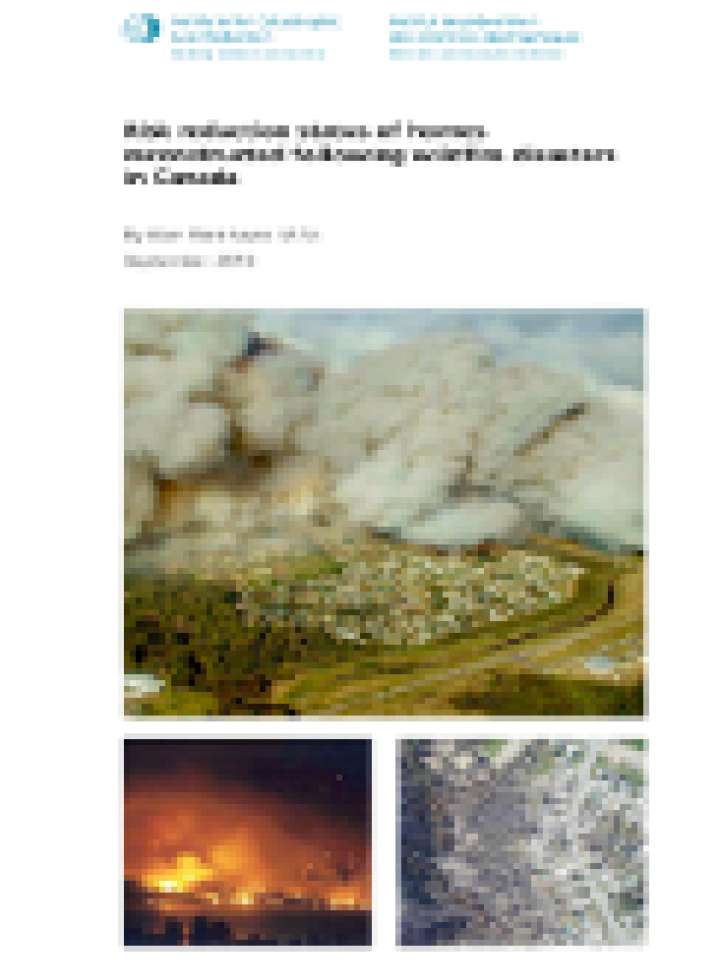This study examines an aspect of wildfire disaster mitigation and recovery that has not been previously investigated. It seeks to analyse to what degree homeowners have actually adopted and implemented FireSmart measures to mitigate the risk of future wildfire losses. It assessed current wildfire risk in 445 homes, reconstructed since these wildfires occured, against recommended FireSmart guidelines. This comparison created a reliable measure of the degree to which FireSmart guidelines have been accepted and adopted by homeowners. This study focused on hazard mitigations applied by residents at, or very near to, private homes.
In general, results of this investigation showed that a few FireSmart solutions have been widely adopted by homeowners, others in part, and some very little or not at all. The degree of adoption for known risk mitigations varied between geographic areas, between different categories of wildfire hazards, within categories of related hazard factors, and spatially within the home ignition zone. Equally important, the study revealed similarities between levels of adoption for some risk mitigation activities. Differences between urban centres and more rural settings were minor. Overall, twice as many wildfire hazard factors received a poor adoption grade, as those that attained an “excellent” rating.
